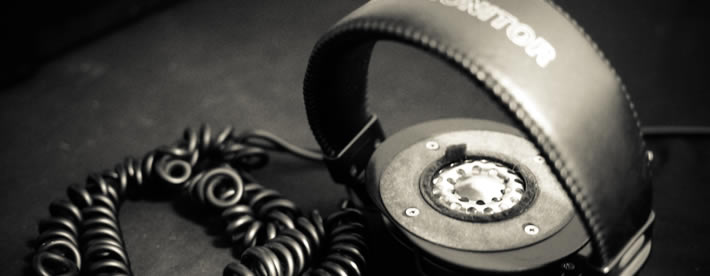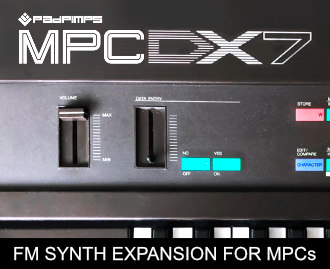This subject has done the rounds for years.
Often it is the cash strapped home studio owner who has to resort to using headphones,the cheaper and space saving solution, instead of speakers to conduct mixing projects. There are obvious advantages for using headphones for mixing, but glaring disadvantages too. There are no winners here on either side of the fence. Quite simply, if you want to be fully armed to conduct the best mixes, then a combination of both is essential.
Good quality headphones can reveal details that some good speakers/monitors omit. In terms of sound design, a good headphone is imperative as it will be unforgivingin revealing anomalies. In terms of maintaining a clean and noise free signal path, it is crucial. On the flip side, stereo imaging and panning information is much harder to judge on headphones. Determining the spatial feel of a mix is almost impossible to convey on headphones, but simple with speakers. Pans are pronounced and extreme on headphones and do not translate across well when used with speakers. Even EQ can come acrossas subdued or extreme.
I find that if I mix on headphones alone, then the mix never travels well when auditioned with monitors. The reverse is also true. When using monitors and because the monitors are placed in front of us our natural hearing perceives the soundstage as directly in front of us. With headphones, because the ‘speakers’ are on either side of us, there’s no real front-to-back information. Headphones also provide a very high degree of separation between the left and right channels, which produces an artificially detailed stereo image.
Our brains and ears receive and analyse/process sound completely differently when using headphones as opposed to monitors. When using headphones, each earwill only hear the audio carried on the relevant channel, but when listening toa pair of speakers in a room both ears will hear the signals produced by boththe left and right loudspeakers. The timing differences associated with this ‘acoustic crosstalk’ between the two channels and each ear lie at the core of the ‘stereo illusion’.
You also need to factor in the fact that different people perceive different amounts of bass – factors such as the distance between the headphone diaphragm and the listener’s ear will change the level of bass. The way in which the headphone cushion seals around the ear also play a part, which is why pushing the phones closer to your ears produces a noticeable increase in bass. This increases the bass energy and this alone negates the idea of having correct tonal balance inthe mix being auditioned.
With monitors both ears hear both the left and right channels. When listening to ordinary stereo material via headphones, we have only the differences in level between the two channels to go on, and hence the stereo images becomenon-linear and ill-defined. In fact, most people perceive the individual sound sources to lie on a line running directly through the centre of the head, instead of being portrayed in front of us as they would be with loudspeakers. This radically different presentation is what makes judging stereo signals and panning mono ones so much more difficult on headphones.
If your room is acoustically problematic and you have poor monitors, then headphones may well be a better and more reliable approach. But it is a lot harder in to achieve the same kind of quality and transferability that comes more naturally on good monitors in a good acoustically treated room.
I find that if I record and check all my signals with headphones, then I am ina strong position to hear any anomalies and be in a better position to judge clarityand integrity of the recorded signals. This, coupled with speaker monitoring, assures me of the best of both worlds; clarity and integrity married with spatial imaging.





Leave a Reply